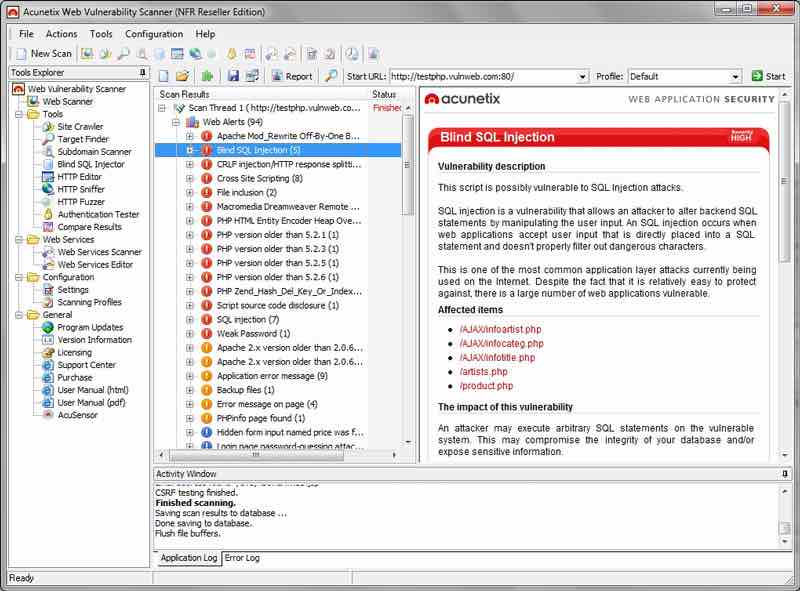

(4) Introduced random testing of system library call return values, specifically randomly returning zero from the malloc family of functions. (3) Introduced fuzz testing of network services, again based on structured test input. In addition, they tested the X-Windows server and showed that it was resilient to crashes. They were able to crash 25% of the X-Windows applications. This study used both unstructured and structured (valid sequences of mouse and keyboard events) input data. (2) Introduced the fuzz testing of GUI (window based) applications under X-Windows. This was the first study that included open source GNU and Linux utilities that, interestingly, were significantly more reliable than those from the commercial UNIX systems. The study showed that, if anything, reliability had gotten worse.

(1) Reproduced the original command line study, including a wider variety of UNIX systems and more utilities.
#Fuzzing tool for mac os x code#
To allow other researchers to conduct similar experiments with other software, the source code of the tools, the test procedures, and the raw result data were made publicly available. They then debugged each of the crashes to determine the cause and categorized each detected failure. Miller's team was able to crash 25 to 33 percent of the utilities that they tested.

The project was designed to test the reliability of UNIX command line programs by executing a large number of random inputs in quick succession until they crashed. To fuzz test a UNIX utility meant to automatically generate random input and command-line parameters for the utility. Barton Miller at the University of Wisconsin, whose results were subsequently published in 1990. The term "fuzz" originates from a fall 1988 class project in the graduate Advanced Operating Systems class (CS736), taught by Prof. For example, it is more important to fuzz code that handles the upload of a file by any user than it is to fuzz the code that parses a configuration file that is accessible only to a privileged user. An effective fuzzer generates semi-valid inputs that are "valid enough" in that they are not directly rejected by the parser, but do create unexpected behaviors deeper in the program and are "invalid enough" to expose corner cases that have not been properly dealt with.įor the purpose of security, input that crosses a trust boundary is often the most useful. This structure is specified, e.g., in a file format or protocol and distinguishes valid from invalid input. Typically, fuzzers are used to test programs that take structured inputs. The program is then monitored for exceptions such as crashes, failing built-in code assertions, or potential memory leaks.
#Fuzzing tool for mac os x software#
Fuzzing or fuzz testing is an automated software testing technique that involves providing invalid, unexpected, or random data as inputs to a computer program.


 0 kommentar(er)
0 kommentar(er)
